
Quarterly Newsletter
Welcome to The American Talent Initiative quarterly newsletter – your source for news and insights on how we’re working toward our 50,000-by-2025 goal.
Presidential Perspective: Chancellor Carol Folt, University of North Carolina at Chapel Hill
The University of North Carolina at Chapel Hill has set a goal to double—from 100 to 200 students—the size of its Carolina Student Transfer Excellence Program, a deep partnership with some of NC’s community colleges that provides intensive advising and support for talented two-year students and was featured as an exemplar practice in the recent ATI research report. We sat down with Chancellor Folt to discuss her involvement with ATI, work at UNC, and perspective on how higher education institutions can better serve lower-income students.
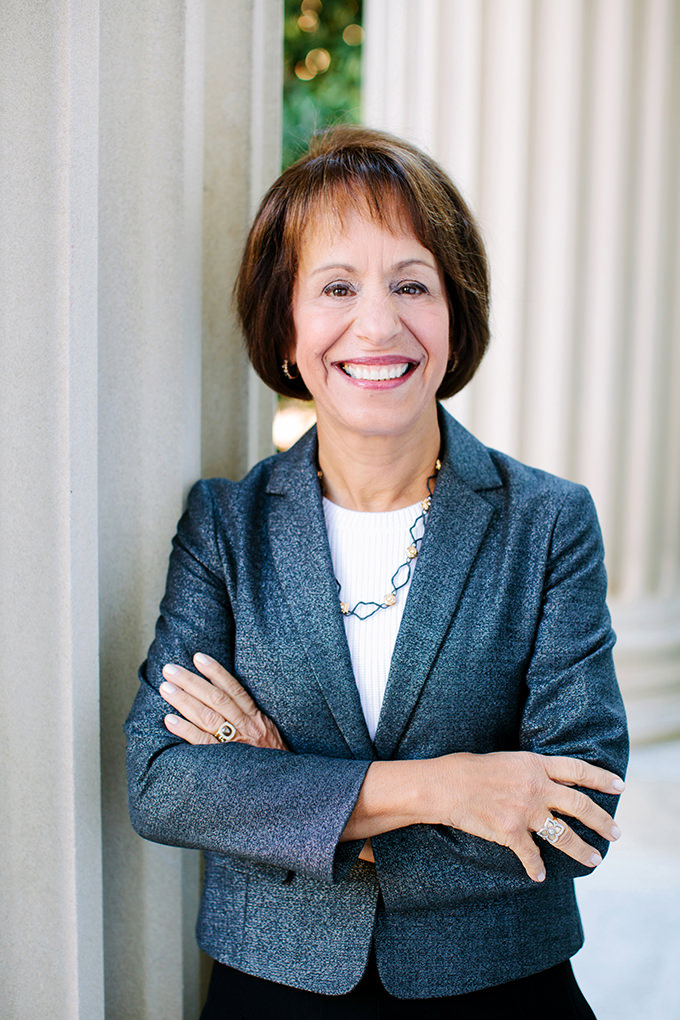 Q: Why did you personally want to be more involved in the American Talent Initiative?
Q: Why did you personally want to be more involved in the American Talent Initiative?
One of the main reasons I came to Chapel Hill was because of Carolina’s legacy and deep commitment to affordability and accessibility. As chancellor, I wanted to build upon that legacy to expand access to talented students across our state. ATI provides a chance to share best practices and our institution’s aspirations with colleagues at a range of institutions, from private to public, from big flagship schools to smaller institutions.
Q: What has UNC been doing to ease the transition for first-generation students and help them graduate?
Approximately 20 percent of our students are first-generation college students, and we want the opportunity of a university education to be a reality for these students, particularly for those who are on the margins and might never dream of the possibility of going to college. We know that, so often, financial barriers stand in the way of realizing the dream of higher education.
Before my arrival, Carolina was already meeting full need and was a need-blind institution. For a public university, that’s an extraordinary commitment, especially since we had been hit hard by large cuts in our public funding during the recession. When I arrived, the first thing I did was reaffirm our commitment to affordability. We had to say that if this is a priority, then any expendable funding must go to aid.
Even though it keeps getting harder, we will continue to hold firm to this commitment. We focus on students from all backgrounds, with a particular emphasis on students who come from two standard deviations below the poverty level. About 14 percent of our students are in a program called the Carolina Covenant, which allows them to graduate debt-free. We are also reaching out to nontraditional first-generation students; for example, we are working on programs to assist military veterans.
Q: While per-student funding in North Carolina remains below pre-recession levels, UNC steadily increased and then maintained the proportion of low-income students enrolled. How have you maintained your commitment to opportunity for lower-income students in the face of financial uncertainty?
I really believe it’s a matter of choice. Every institution has different financial backgrounds and different commitments, but we did several things to continue to be successful. One is our commitment to affordability. If you’re already meeting full need and are need-blind, there’s a shared commitment at the university to continue to focus on lower-income students.
Coming from this background, we upped our philanthropic and foundation efforts. We are raising $1 billion in our capital campaign for student aid, which is quite a bold statement of what a great university can do. Whenever I have access to discretionary funding, my first priority is student aid, and the second is faculty and staff salaries. Narrowing my own focus enables us to use our funding strategically.
We have momentum, and we’re not going to waver from something we believe in.
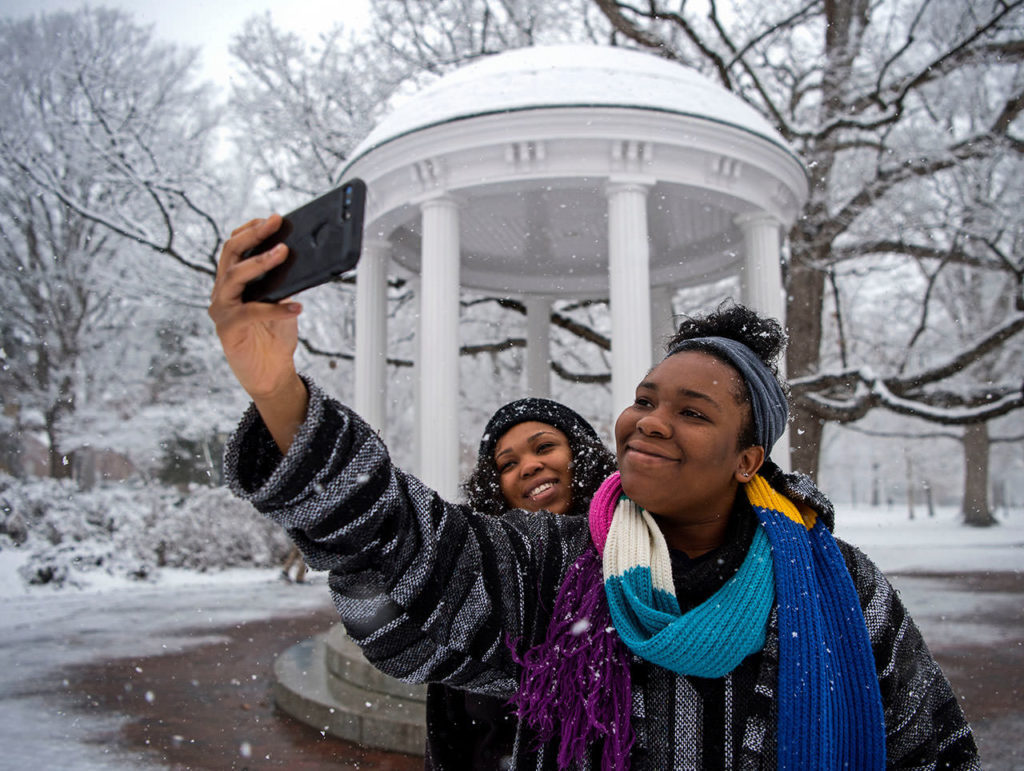
(Jon Gardiner/UNC-Chapel Hill)
Q: What is your perspective on community college transfer as part of ATI’s 50,000-by-2025 goal?
UNC’s Carolina Student Transfer Excellence Program is particularly meaningful to me because it reflects my own personal history as a community college student who transferred into the University of California system. As chancellor at Carolina, I have witnessed how C-STEP, working hand in hand with community colleges, provides entry to the opportunities of higher education and unlocks the full potential of these students.
Beginning at a community college is a path to UNC-Chapel Hill for many of our students. The first couple of years are hard for some students. Through C-STEP, we are reaching these students early on at their community colleges, focusing on the impediments they face, and offering them a direct path to Chapel Hill. We want students to be excited about coming to Chapel Hill and make them feel like they’re part of our community before they arrive on campus.
We are working on doubling this program because it’s been so successful. It’s wonderful to watch transfer students quickly embed in the life of the university. We’re pairing good advising programs early on with transfer and military-affiliated students. It’s making a difference in their success rates. C-STEP students’ graduation rates are almost the same as those of students who have been at Chapel Hill for all four years. These students have led student government and student organizations on campus, and have been successful in all areas of Carolina.
Q: As leader of UNC, what would you want your fellow presidents and chancellors to know about increasing opportunity through community college transfer?
I’d want them to know that the potential pool at community colleges is incredible and that these students usually have grit and determination like no others. Community colleges are a great place from which to draw more students with a diverse set of backgrounds who will enrich an entire student body.
These students are worth every ounce of assistance you can provide. My advice is to seek out those students, see them for the asset that they are, and provide that early support.
Q: One important goal of ATI is to connect institutional leaders and create the opportunity to share practices. What practice that UNC employs do you think other institutions could successfully implement?
Targeted aid is a big part of why we have been successful. For example, you can provide students aid throughout their time at school, but sometimes you can add a little bit more in the summer so they can finish their degree. A little bit of aid can go a very long way to get students to graduation.
Working closely with high schools is another practice that is working for us. We already have the Carolina College Advising Corps—we are in 77 of the lowest-income schools in the state, and we want to be in even more. In those schools, we’re providing college advising for students who may not see college as an option. The success rate of those students, once you get a full-time counselor talking with them, is nothing short of spectacular. Another example is Project Uplift, our 50-year-old program that brings high school students to campus and shows them the possibilities at Carolina.
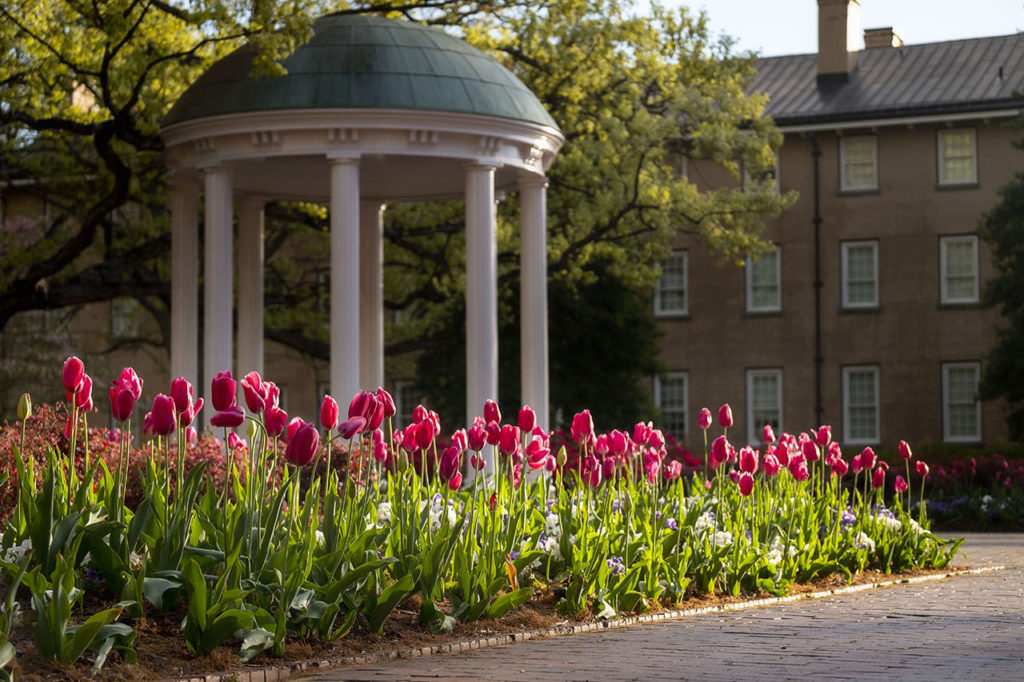
(Jon Gardiner/UNC-Chapel Hill)
Q: Looking ahead five to 10 years, what do you see as ATI’s impact on higher education?
ATI helps change the narrative that universities aren’t reaching out. We can say, and demonstrate, that our goal is to do more to make opportunities available to people who would not have necessarily found their way to college in the past.
It also helps to create a friendly competition, and all the schools in ATI want to share best practices. This is the kind of work that none of us want to keep quiet about; we want everyone to know what we’re doing – and hear about what everyone else is doing – so we all can do it better. ATI provides that place, that incentive, and it helps set goals that all the schools can use.
Even if, or when, we achieve the numerical goals that ATI has set, we will need to go even further. ATI can help be a reminder that says there is no “good enough”; we are going to continue to do this until we erase all barriers to higher education.
The Talent Blind Spot: ATI Research on Community College Transfer
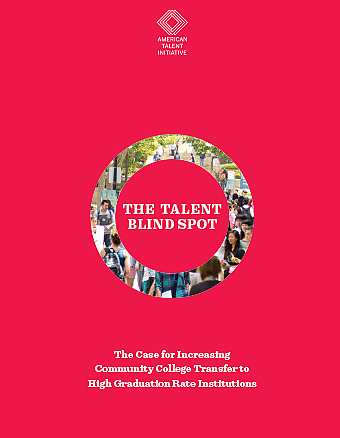 In June 2018, the ATI team published a two-part research paper focused on community college transfer to ATI institutions.
In June 2018, the ATI team published a two-part research paper focused on community college transfer to ATI institutions.
The Talent Blind Spot demonstrates that, each year, more than 50,000 high-achieving, low- and moderate-income community college students do not transfer to a four-year institution. Approximately 15,000 of these students have a 3.7 GPA or higher, which suggests they could succeed at even the most competitive schools. The report also demonstrates that high-graduation-rate colleges and universities—the American Talent Initiative schools—enroll far fewer transfer students than other four-year institutions. The report offers a path forward based on the work of several ATI member institutions that have demonstrated that creating robust community college transfer success is possible through strong, leadership-driven partnerships, early outreach and advising, and dedicated, holistic supports.
The Talent Blind Spot is divided into two parts.
The Case for Increasing Community College Transfer to High Graduation Rate Institutions
- Understand the community college transfer landscape at high graduation rate colleges with data from the report.
- Download the companion slide deck to help make a strong case for transfer at your institution (coming soon)
The Practical Guide to Increasing Community College Transfer to High Graduation Rate Institutions
- Use the “Fundamental Principles” as a strategy audit to assess how your institution compares to others.
- See what is possible by learning from the “Transfer-Friendly Ecosystems” of three exemplary institutions: Smith College, the University of
North Carolina-Chapel Hill, and the University of California-Los Angeles. - Read the “Transfer Tactics Repository” to access case studies of institutional practices that respond to specific challenges.
The Talent Blind Spot was co-authored by Dr. Tania LaViolet, Benjamin Fresquez, McKenzie Maxson, and Joshua Wyner. If you have questions about the research, please email Tania LaViolet.
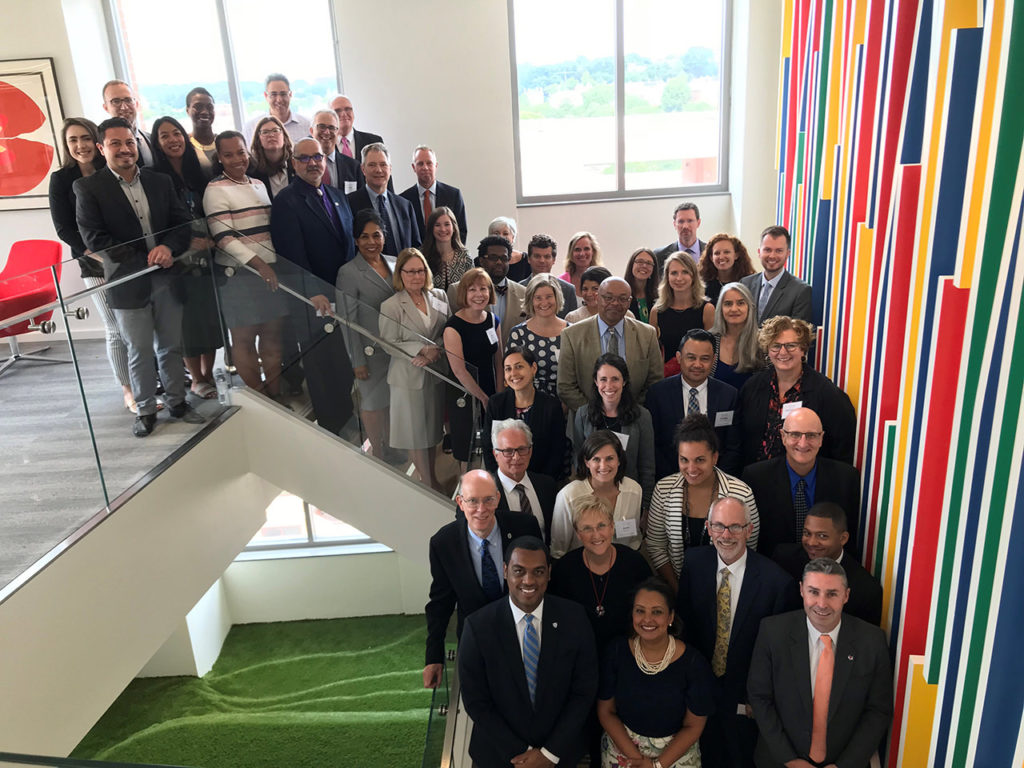 As a follow-up to the release of The Talent Blind Spot, on July 20, 2018, the Aspen Institute and Ithaka S+R convened more than 40 participants—including representatives from both ATI member institutions and community colleges, as well as transfer field experts—to engage with the recommendations in the report. Participants discussed concrete measures to increase transfer student access and success, developed relationships with community college partners, and jumpstarted a longer-term effort to increase community college transfer opportunity across the ATI sector as part of our shared work toward reaching ATI’s 50,000-by-2025 goal. If you would like to learn more about these efforts or get involved, please contact Benjamin Fresquez.
As a follow-up to the release of The Talent Blind Spot, on July 20, 2018, the Aspen Institute and Ithaka S+R convened more than 40 participants—including representatives from both ATI member institutions and community colleges, as well as transfer field experts—to engage with the recommendations in the report. Participants discussed concrete measures to increase transfer student access and success, developed relationships with community college partners, and jumpstarted a longer-term effort to increase community college transfer opportunity across the ATI sector as part of our shared work toward reaching ATI’s 50,000-by-2025 goal. If you would like to learn more about these efforts or get involved, please contact Benjamin Fresquez.
Changing the Odds for Community College Students
“At PTK, we see many students beating the odds and successfully transferring to their dream schools — the ATI member institutions. But, unfortunately, this is the exception and not the rule. With your help, we believe this can change.” – Dr. Lynn Tincher-Ladner, President and CEO, Phi Theta Kappa
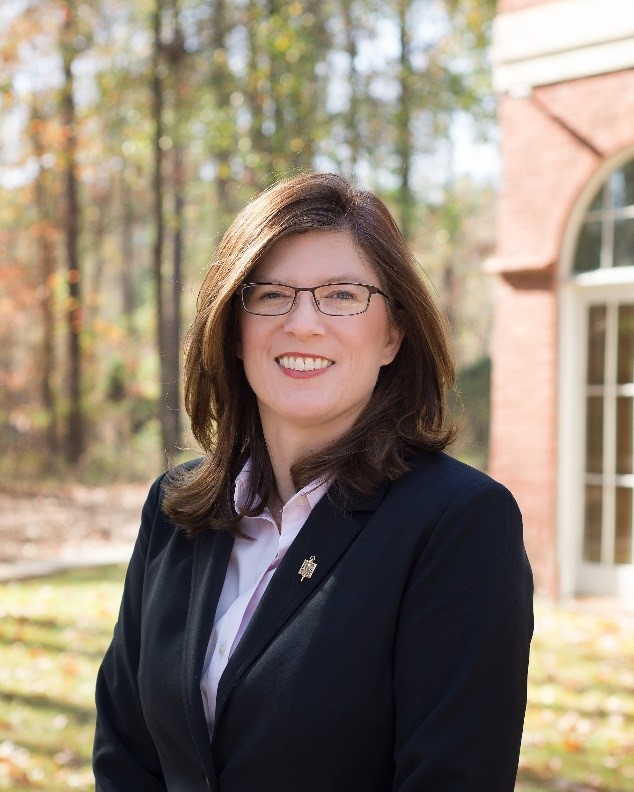 What Phi Theta Kappa is:
What Phi Theta Kappa is:
Phi Theta Kappa Honor Society is among the largest and most prestigious honor societies in higher education, with over 3.5 million members inducted since 1918 and over 250,000 members currently attending college. While we primarily serve community colleges, we have active chapters at many open-access institutions throughout the country and on over 60 campuses outside the United States.
What sets us apart:
Like other honor societies, induction ceremonies and graduation regalia are outward expressions of the first part of our mission — to recognize academic achievement. What sets us apart from all others is the second half of our mission — to provide students with opportunities to grow as scholars and leaders.
We are guided by the belief that there is an equitable distribution of talent among the nation’s community college students but an unequal distribution of opportunity. We have been working for over 100 years to open the doors of opportunity to high-achieving, low-income community college students and have been successful in changing the narrative for so many of them.
Who we serve:
We offer membership at the first glimpse of a student’s academic success. We then provide a local campus, regional, and international network of peers, mentors, advisors, and staff to deliver innovative programming, service and soft skills learning, undergraduate research opportunities, and access to more than $40 million annually in transfer, academic, and certification scholarships.
Take a look at these stories of three amazing PTK members and community college students now attending three American Talent Initiative colleges:
From Community College of Baltimore County in Maryland to Cornell University. Sagar Chapagain immigrated to the United States from Nepal with his family in 2011. A first-generation college student, he enrolled at the Community College of Baltimore County in Maryland in 2012 as a part-time student while he worked full-time to help support himself and his family. Sagar became a Phi Theta Kappa member in 2013 and served as the Vice President of Scholarship and Leadership of the Chi Theta Chapter. He then became chapter president, and he used his role as an opportunity to reach fellow international and immigrant students and help them understand the resources available on campus. He was awarded a Jack Kent Cooke Undergraduate Transfer Scholarship in 2015. In his words, “If I keep working hard, some day something awesome is going to happen to me.” More on Sagar’s story here: https://youtu.be/xiRyLFo9dqs
From Lone Star College-CyFair in Texas to Washington University in St Louis. By the time Michael Aguilar was 18, he had lived in 16 different homes. This instability led him to act out — in middle and high school, he was suspended 15 times for bad behavior and ended up in a disciplinary school. He watched friends struggle with the juvenile justice system and found himself caught in the same school-to-prison pipeline. His life completely changed, though, when he enrolled at LSC-CyFair. He found a support system at the college and through his PTK chapter that gave him confidence and inspired him to give back. Michael led his chapter in an undergraduate research project, “Pens, Not Penitentiaries: An Examination of the School-to-Prison Pipeline,” through which more than 60 PTK members mentored 400 at-risk high school students at the same disciplinary school he had previously attended. The Beta Lambda Mu Chapter was named PTK’s Most Distinguished Chapter in 2017. After serving as a chapter officer, Michael was elected president of the Texas Region. Michael recently addressed the nation’s community college presidents in his speech at the All-USA Academic Team Luncheon during the 2018 American Association of Community Colleges’ annual meeting. Here’s what he had to say: https://bit.ly/2zxuTXC
From Bergen Community College in New Jersey to Rutgers University. Amanda Karpinski started her education at Bergen Community College immediately following her high school graduation, receiving a full-tuition scholarship through the New Jersey Stars program. Amanda’s parents saw community college as a way to save money, and, at first, she didn’t want to be there — that is, until her first Phi Theta Kappa chapter meeting. Amanda became president of her chapter and, as a sophomore, was elected International President from among 250,000 active members, the highest position of student leadership within the Society. She was recently elected Alumni Representative to the Phi Theta Kappa International Board of Directors. “Phi Theta Kappa has the ability to transform you into a person that you never thought possible,” she said. “The biggest benefit is realizing your own potential.” As International President, Amanda gave a keynote address at Phi Theta Kappa’s annual convention and Centennial Celebration, PTK Catalyst, in Kansas City, Missouri in April. Watch Amanda’s speech here: https://bit.ly/2zyrNCB.
At PTK, we see many students beating the odds and successfully transferring to their dream schools — the ATI member institutions. But, unfortunately, this is the exception and not the rule. With your help, we believe this can change.
Like Phi Theta Kappa, ATI is working to change the narrative and rewrite the ending to more student stories. We want to personally thank you for your commitment and work as an ATI institution to move from stories of “beating the odds” to a mindset of “changing the odds” for this special population of high-performing and high-potential students.
Dr. Lynn Tincher-Ladner is president and CEO of Phi Theta Kappa Honor Society. If you would like to reach Lynn, please contact her at lynn.tincher-ladner@ptk.org.
The American Talent Initiative in the News:
[su_row][su_column size="1/2"]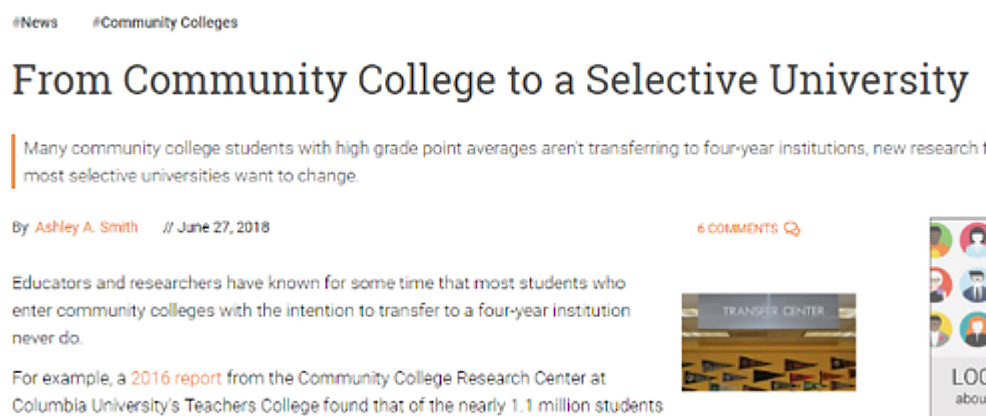
Educators and researchers have known for some time that most students who enter community colleges with the intention to transfer to a four-year institution never do. For example, a 2016 report from the Community College Research Center at Columbia University's Teachers College found that of the nearly 1.1 million students who enroll at two-year institutions each year...
Read more from Inside Higher Ed.
[/su_column][su_column size="1/2"] 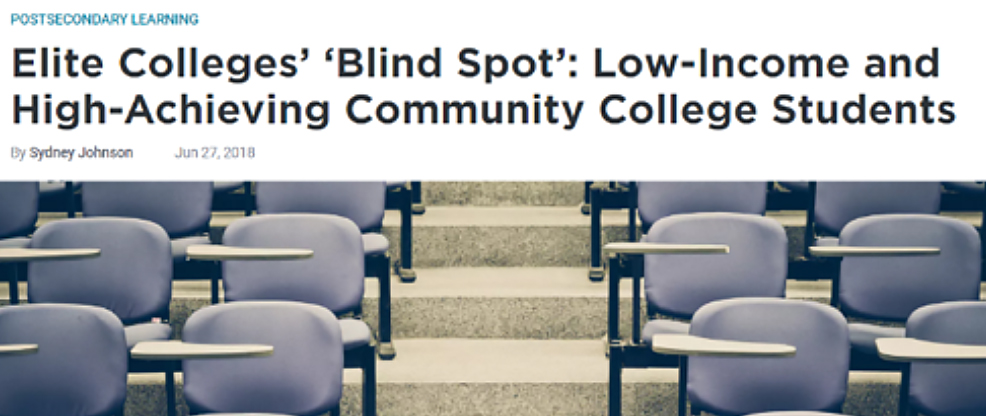
Community college has long been recognized as a cost-efficient ramp into a bachelor’s degree program. Yet many of the most prepared community college students don’t make it beyond their two-year institution. And shots are even slimmer for those looking to transfer to a four-year school with high graduation rates…
Read more from from EdSurge.
[/su_column][/su_row]
Milestones and Key Dates
ATI 2018 Data Collection Submissions
We’d like to take this opportunity to thank the 90 percent of members who have submitted their 2018 data! We rely on these data to measure our collective progress, and we look forward to sharing insights from the aggregated data in our inaugural ATI Impact Report this fall. Completed data submissions can be sent to Emily Schwartz.
ATI Collective Impact Framework (CIF) Self-Assessment and Review Period
July-September 2018
Members who submitted CIFs more than 6 months ago are revisiting their institutional goals to evaluate progress and adjust for shifting priorities. This review is an opportunity to engage with ATI stakeholders on your campus to reflect on work thus far. We often turn to CIFs as inspiration for featuring institutions across ATI’s research efforts, and having up-to-date information about the work being done will allow us to even better elevate the efforts of our members.
College Admissions Fair in New York City for American Talent Initiative Affiliates
September 13, 14, & 15, 2018
Location: New York, NY
The Council for Opportunity in Education (COE), in cooperation with Princeton University’s Office of the Provost, will host a College Fair for Admissions Representatives from ATI institutions in conjunction with COE’s 37th Annual Conference at the Marriott Marquis in New York City, September 13-16, 2018. COE believes this will provide college admissions officers a unique opportunity to speak with counselors and administrators working in pre-college programs preparing over 560,000 talented, motivated low-income and first-generation students for college annually.
Register for the fair here. With any questions, please contact Patricia Mahomond in the COE office at 202-347-7430.
Improving College Opportunity for Veterans
November 13 & 14, 2018
Location: Arlington, VA
This invitation-only conference will bring together higher education and veteran leaders to generate new ideas and offer practical guidance on how to enroll more veterans at high graduation rate, well-resourced colleges across the United States.
ATI members who are interested in participating in a “strategic collaboration” to work together to enroll, support, and graduate more military veterans should contact Liz Pisacreta and Emily Schwartz for more information.
If you would like to include an announcement or other information in the ATI newsletter, please contact McKenzie Maxson.
The American Talent Initiative
Author
-

The American Talent Initiative (ATI) is a Bloomberg Philanthropies-supported collaboration between the Aspen Institute's College Excellence Program, Ithaka S+R, and a growing alliance of colleges and universities dedicated to substantially expanding opportunity and access for low- and moderate-income students. ATI members—all graduating at least 70 percent of their students within six years—have joined together to address this challenge.
Related posts:
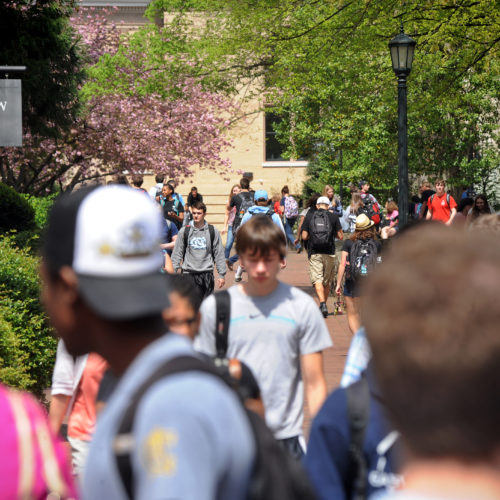 Transforming Transfer Culture at Scale: Insights for Public Universities
Transforming Transfer Culture at Scale: Insights for Public Universities
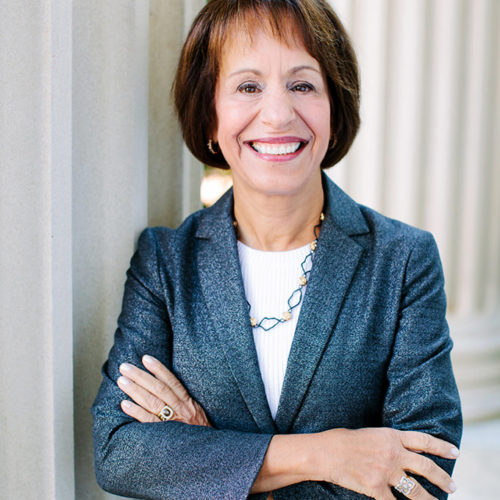 Presidential Perspectives: Carol Folt, University of Southern California (and formerly University of North Carolina-Chapel Hill)
Presidential Perspectives: Carol Folt, University of Southern California (and formerly University of North Carolina-Chapel Hill)
 Incorporating Equity into Fall Reopening Plans
Incorporating Equity into Fall Reopening Plans



